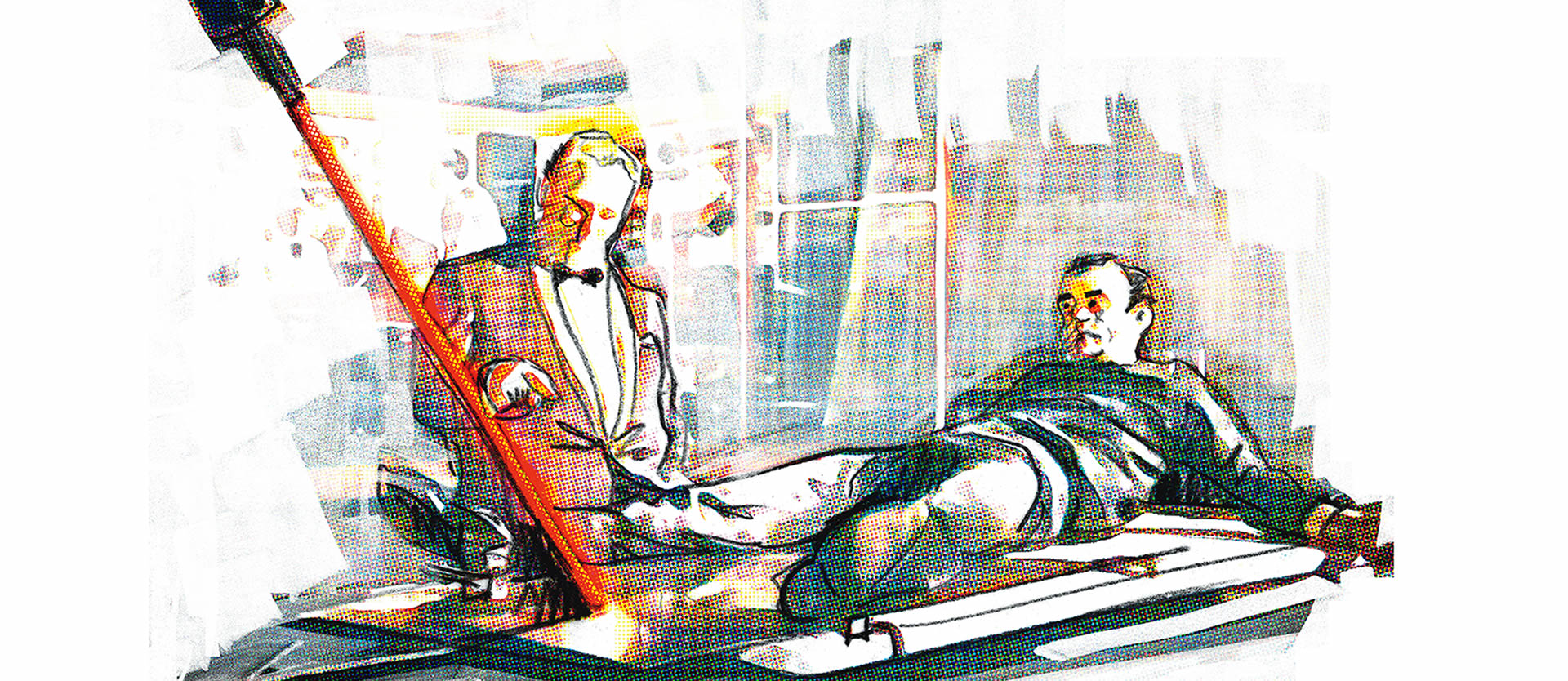James Bond experiences laser material processing

When Theodore Maiman demonstrated the world’s first laser in his laboratory in 1960, researchers were euphoric. Daring visions of the future began to take shape in their heads. And while engineers were still puzzling over the ins-and-outs and looking for a problem for the laser to solve, Hollywood charged ahead with an innovative idea: material processing. In the 1965 movie Goldfinger − probably one of the most successful and defining examples of the 007 franchise − it wasn’t just James Bond who burned himself into the collective consciousness of a generation, but the laser, too. Sean Connery − alias 007 − lies helpless, tied to a goldtopped table while master villain Goldfinger explains that he no longer has any use for him. He therefore intends to kill him. How? Using a futuristic tool called a laser. To help both 007 and moviegoers come to grips with the concept, the villain introduces the machine with the following words: “You are looking at an industrial laser, which emits an extraordinary light not to be found in nature. It can project a spot on the moon or, at closer range, cut through solid metal. I will show you.” At this point a red laser beam begins slicing its way through the table, threatening to cut Sean Connery in half. Goldfinger leaves Bond squirming, the face of the usually cool special agent transformed with fear. A tense dialog ensues in which 007 finally succeeds in escaping certain death by luring the villain with his apparent insider knowledge.
The method used for the special effects suggest that Sean Connery’s fear of the laser beam may have been more than just good acting. The laser system was just a mock-up, with optical trickery used to add the beam to the scene during editing. But the cut in the table getting closer and closer to Connery’s torso was decidedly real. A member of the film crew was hidden under the table using a welding torch to cut the table, which had been prepared in advance, in half. A single slip-up could have had dire consequences! The laser scene took on cult status because lasers were completely new at the time, heralding a high-tech future. What’s more, director Guy Hamilton was able to show what cutting metal with a laser would actually look like − at least approximately. What was visionary back then has become standard for us today. What kinds of developments might the next 50 years hold? What sorts of laser-based visions of the future will have become a part of our everyday lives by then? Perhaps when I’m 82 years old, I’ll be able to simply blink to project the answer into my field of vision using a miniature laser integrated in my bathrobe.













